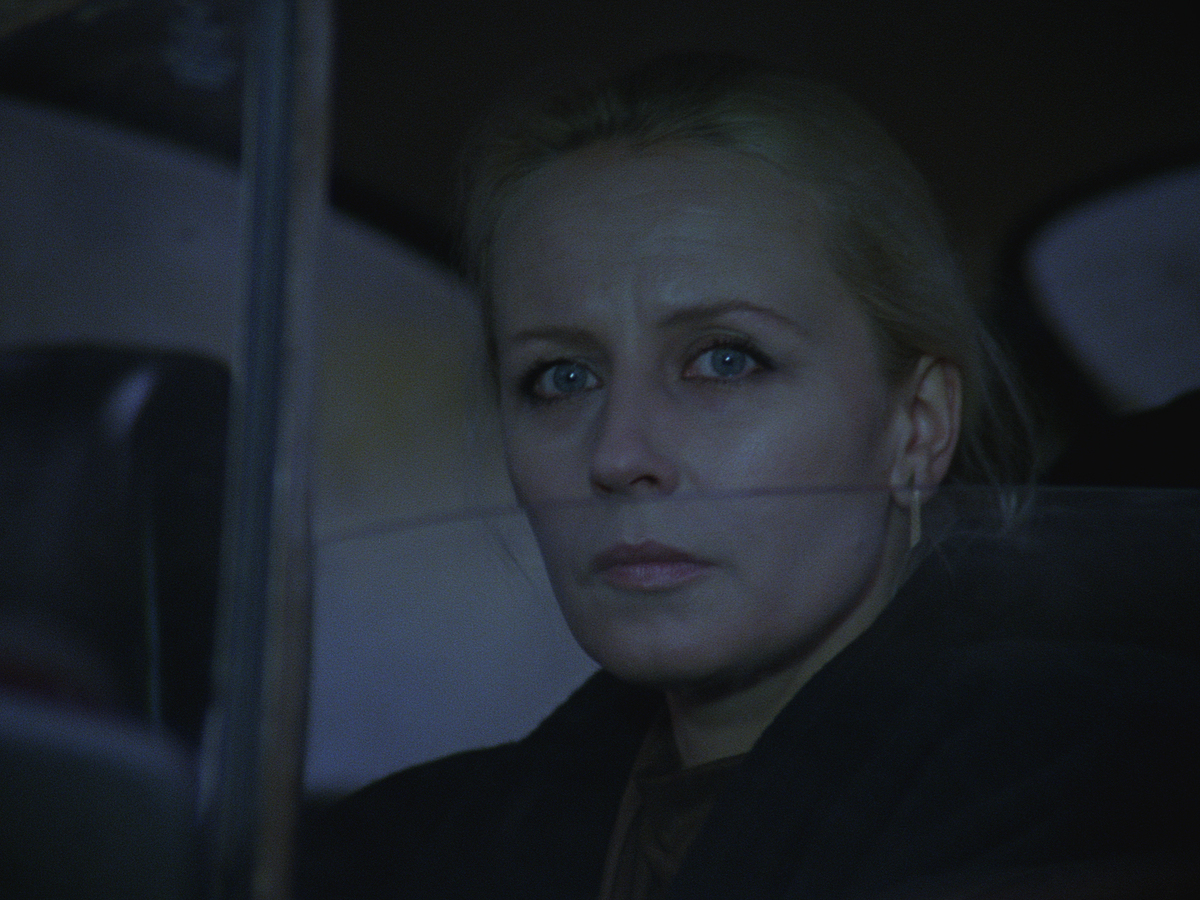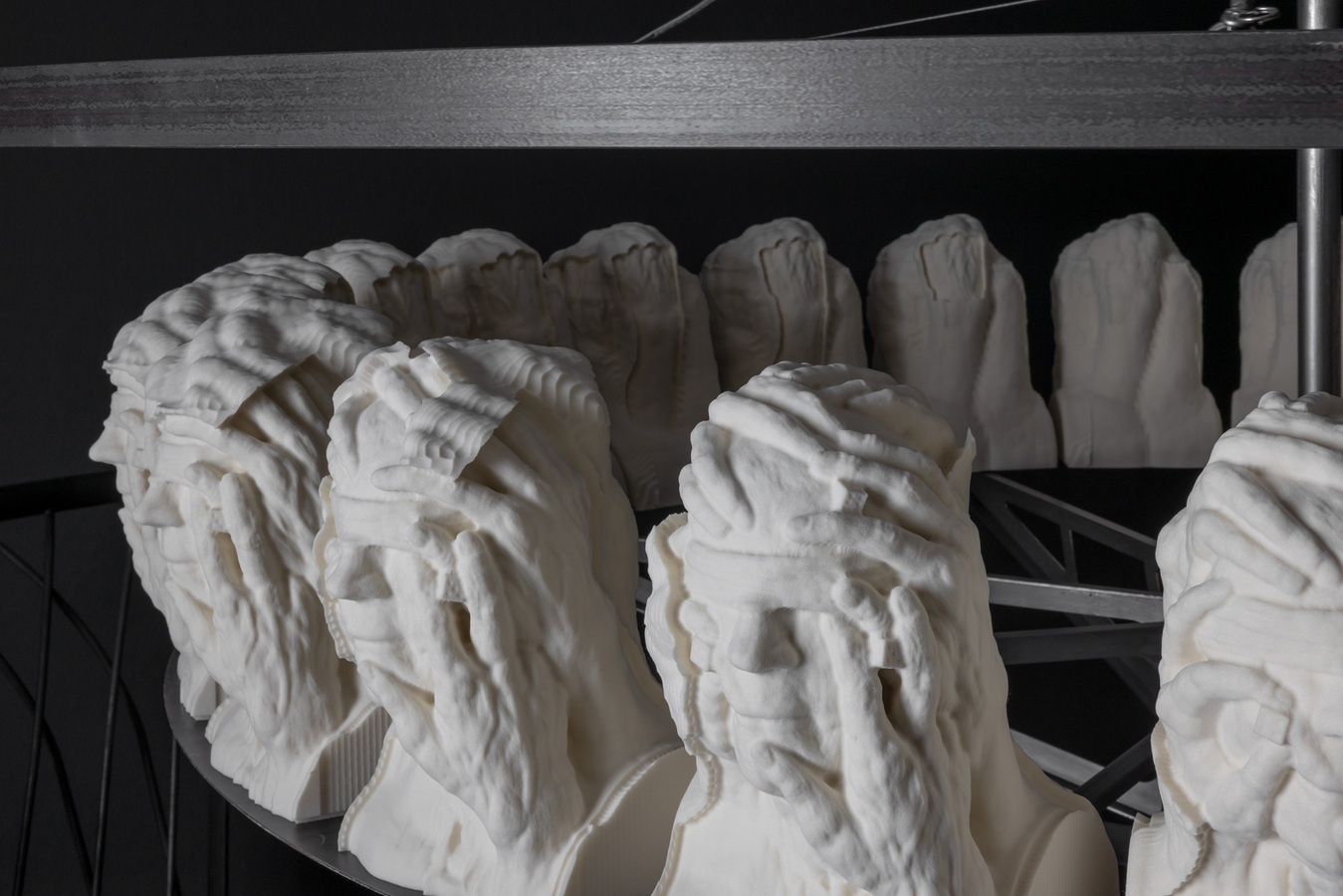Description
The cemetery plot, which dates to 1913, was transferred to the City of Luxembourg in 2003. It memorialises a family of industrial pioneers in Luxembourg.
The plot was opened in 1913 following the death of Anne-Marie Sophie Crocius (1851–1913), who was married to Jean Knaff (1825–1916). The grave still contains the remains of their daughter, Jeanne Knaff (1882–1965); her husband, Hubert Campill (1872–1934); and their daughter, Marie Madeleine (1904–1976). Jean Knaff was originally from Larochette, where he and his brother Charles operated the Manufacture Royale Grand-Ducale de Draps, official cloth supplier to the King-Grand Duke. After steadily expanding over the years until its headcount reached 70 workers, the company was purchased in 1894 by the knitwear company Godchaux Frères de Schleifmühle. Knaff represented the cloth trade in the Chamber of Commerce. He served as Mayor of Larochette from 1871 to 1890. He was a member of the Chamber of Deputies from 1872 to 1889. He was awarded the titles of Knight of the Order of the Oak Crown and Knight of the Order of Leopold of Belgium. He passed away at the Fondation Pescatore. His daughter Jeanne married Hubert Campill (1872–1934), who was from Echternach. After completing his law studies, Hubert Campill joined the Luxembourg Bar in 1895. He served several terms as chairman of the bar. He also helped start the lecture series for the Young Bar Association, which continues to this day. He was made a Knight of the Order of the Oak Crown. He passed away at Bad Nauheim while undergoing a health treatment.
The 1913 monument, made of pink labradorite granite, is signed by the memorial mason and sculptor Hubert Jacquemart. Jacquemart, whose business was located in the Luxembourg-Gare district, also sold fireplaces and busts and made altars. He created the Monument of Remembrance on Place de la Constitution. The tomb rises up in the centre of the grave, whose sides are enclosed by a polished granite panel. The angular boundary markers hold bronze bars on the sides and rear. The grave has no crucifix or stoup. The gravestone inscription, which is in bronze letters, starts with a cross in high relief and ends with the acronym "R.I.P." The rear bears the inscription "concession à perpétuité" (perpetual right) – a status replaced in 1972 with renewable terms for burial plots.













